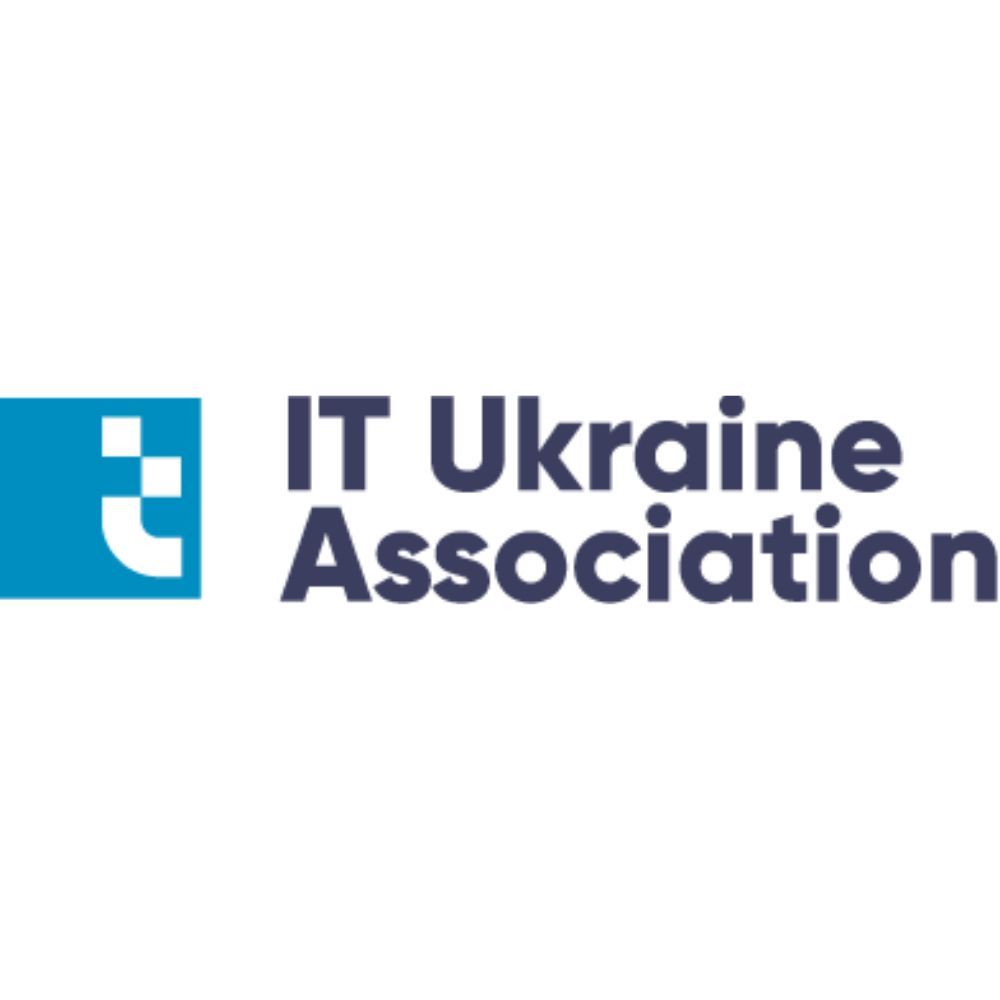The evolving IoT security landscape of 2023: Tackling the 5 major obstacles

Projections indicate that the worldwide market for IoT solutions and services is poised to soar to an astounding $575 billion by 2027, underscoring the escalating prominence of IoT in our everyday existence. As the multitude of interconnected devices grows, the specter of cyber-attacks and malicious intentions looms more significant than ever.
The evolving IoT (Internet of Things) security landscape of 2023 presents several challenges that need to be addressed in order to ensure the security and privacy of IoT devices and networks. Read on to explore them and find practical preventative measures.
Securing the IoT: safeguarding the future of connected devices
The IoT revolution has changed lifestyles, empowering people with handy devices like fitness-tracking wearables and self-diagnosing autonomous vehicles. However, as the IoT landscape expands, so does the need to address its inherent security risks:
- data breaches
- hacking incidents
- the threat of malicious attacks targeting
IoT devices
In industrial production systems, attackers can exploit vulnerabilities to seize control of critical components, presenting a formidable challenge. Even surveillance cameras, designed to enhance security, are not immune to compromise, as wireless networks transferring video signals can be infiltrated, rendering the cameras ineffective.
To counteract these emerging threats, enterprises should adopt proactive measures to fortify their systems and networks against cyber-attacks. It includes:
- implementation of robust security protocols
- regularly software updates
- frequent security audits capable of identifying and mitigating potential vulnerabilities.
By prioritizing IoT security, organizations can ensure a safer and more secure future for connected devices, using this transformative technology at a full scale.
Paving the way: overcoming the top 5 security challenges for IOT in 2023
- Lack of standardized security protocols
In the ever-evolving realm of IoT, navigating the roadblocks that impede robust security measures is crucial. One of the significant challenges lies in the absence of standardized security protocols, as the encryption levels employed in IoT devices vary greatly. Outdated or weak encryption methods render specific devices more susceptible to cyber-attacks.
To address this, private and public sectors work jointly to develop common security standards for IoT devices and networks. This endeavor encompasses establishing comprehensive guidelines to ensure interoperability and establish baseline security requirements.
- Vulnerabilities
IoT devices have limited computing power and memory, making them susceptible to security vulnerabilities. For example, using easily guessed default login credentials like "admin/admin" or "root/root." Hackers exploit these weak credentials to infiltrate IoT devices, enabling them to manipulate functionalities or extract sensitive data.
Manufacturers and developers are focusing on implementing robust security measures, such as secure boot, encryption, and firmware updates, to protect against potential exploits and attacks. Additionally, efforts are being made to improve the security of device supply chains to prevent tampering and the inclusion of malicious components.
- Data confidentiality gaps
Data privacy stands as a paramount concern due to the sensitive nature of the information collected by numerous devices. IoT devices generate massive amounts of data, and ensuring the confidentiality, integrity, and privacy of this data is crucial.
With the ability to seize control of gadgets, hackers can exploit them to collect valuable information, leading to intrusive actions like spying through compromised surveillance cameras or utilizing corporate data for malicious purposes.
Advanced encryption techniques and secure communication protocols are being employed to protect sensitive information from unauthorized access.
Additionally, data anonymization and pseudonymization techniques are being used to mitigate privacy risks associated with IoT data collection and processing.
Enterprises also need to establish transparent privacy policies and ensure compliance with relevant data protection regulations. It includes:
- empowering users with greater control over their data
- granting them the ability to opt out of data collection
- enabling the deletion of their data upon request.
- Botnets and the menace of DDoS attacks
IoT devices rely on networks for communication and data transfer. However, the sheer number of devices and their diverse nature can make securing IoT networks challenging.
Enterprises cannot overlook the presence of botnets and the looming threat of Distributed Denial of Service (DDoS) attacks. Botnets represent networks of compromised devices that malevolent hackers manipulate to orchestrate DDoS attacks, aiming to disrupt targeted networks or even force them offline entirely.
A notable instance of this peril occurred in 2016, when the Mirai botnet spearheaded a large-scale DDoS attack reverberating across prominent websites, including Twitter, Netflix, and Reddit. Exploiting vulnerable IoT devices such as routers and cameras, the botnet commandeered these compromised devices to flood target networks with an overwhelming surge of traffic, rendering them inaccessible to users.
IoT-specific security solutions, such as network segmentation, traffic monitoring, and intrusion detection systems, are being implemented to detect and mitigate network-level attacks. Additionally, the use of blockchain technology is being explored to enhance the security and trustworthiness of IoT networks.
- Human error and absence of security awareness
Amidst the tireless endeavors of manufacturers and service providers to construct secure devices and networks, the impact of human actions is critical, as they have the potential to introduce vulnerabilities that cybercriminals eagerly exploit. According to a revealing report by IBM, a staggering 95% of cybersecurity breaches can be attributed to human error. This statistic underscores the significance of eliminating these errors, as it could have thwarted 19 out of 20 cyber breaches from occurring.
Consider, for instance, a user connecting a vulnerable device to an insecure network or neglecting to modify default login credentials, thereby granting cybercriminals effortless unauthorized access. In other cases, users may inadvertently download malware or unknowingly fall prey to phishing scams, inadvertently compromising the security of devices or networks.
User education and awareness campaigns are being conducted to promote secure practices, such as:
- changing default credentials
- regularly updating device firmware
- being cautious about granting permissions to IoT applications
User-friendly interfaces and intuitive security features are also being emphasized to simplify security management for IoT users.
The evolution of IOT security: prospects
The importance of IoT security will continue to grow as the number of connected devices continues to rise. With the expansion of IoT ecosystems in various industries, including healthcare, manufacturing, transportation, and smart cities, securing these interconnected devices will become a critical priority.
Evolving threat landscape
The threat landscape surrounding IoT security will become more complex and sophisticated. Cybercriminals will continue to target vulnerabilities in IoT devices and networks to gain unauthorized access, compromise data integrity, disrupt operations, and launch large-scale attacks. As IoT technology evolves, new attack vectors and techniques will emerge, requiring proactive security measures.
Regulatory focus
Governments and regulatory bodies are becoming more aware of the security risks associated with IoT devices. We can expect increased regulations and standards to be implemented to address IoT
security concerns and rally enterprises under the face of cybersecurity challenges. Compliance with these regulations will become crucial for organizations deploying IoT solutions, leading to improved security practices and stronger safeguards.
Shift toward end-to-end security
Organizations will increasingly recognize the importance of end-to-end security in their IoT deployments. It encompasses secure device design, robust authentication mechanisms, secure communication protocols, and strong encryption. The focus will extend beyond individual devices, including secure integration with networks, cloud platforms, and backend systems.
Partnerships
Given IoT ecosystems' complex and interconnected nature, a collaboration between various stakeholders will be essential. Manufacturers, service providers, regulators, and security vendors need to work together to establish best practices, share threat intelligence, and develop standardized security frameworks. Collaborative efforts will enhance the overall security posture of IoT deployments.
Author: Anna Tyschenko, Chief Executive Officer, JEVERA
This article comes from magazine:
FOCUS ON Business #12 September-October (5/2023)
 Check the issue
Check the issue








